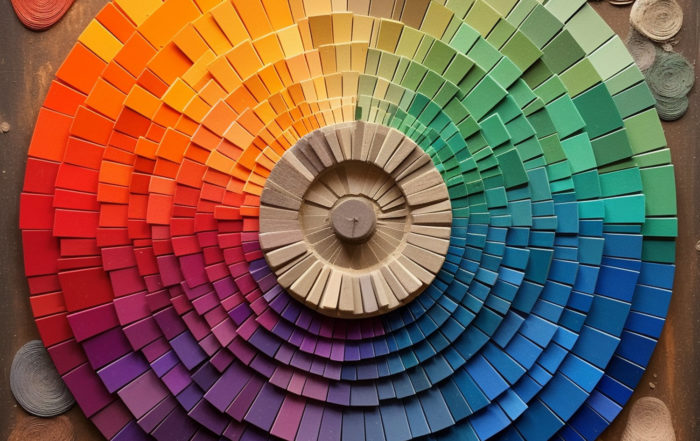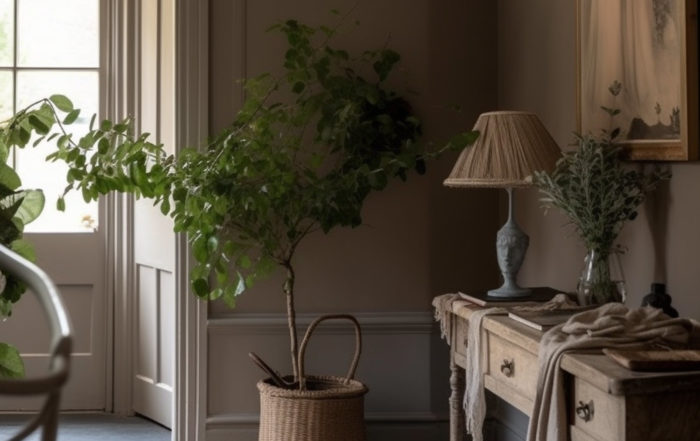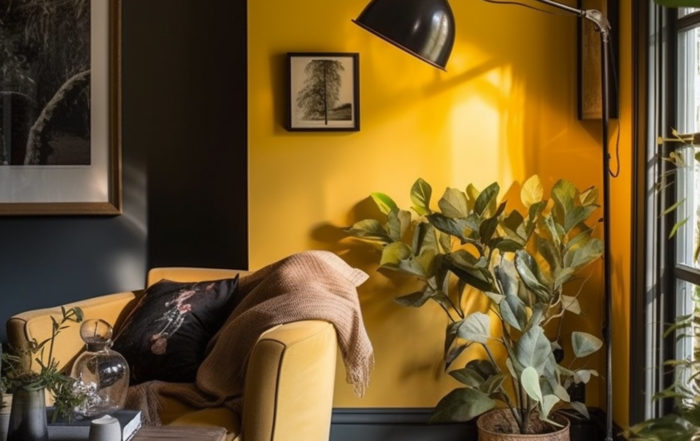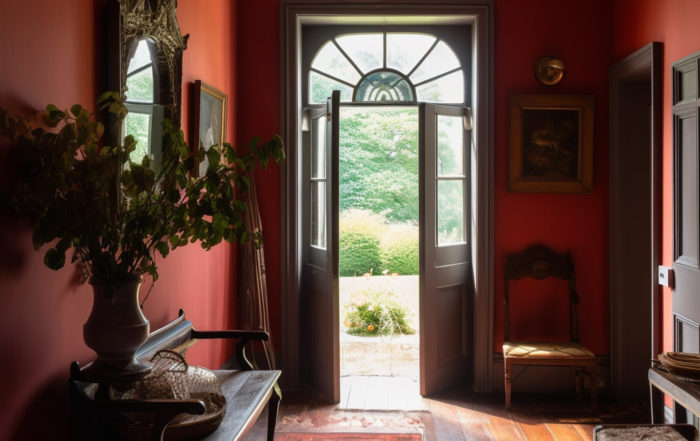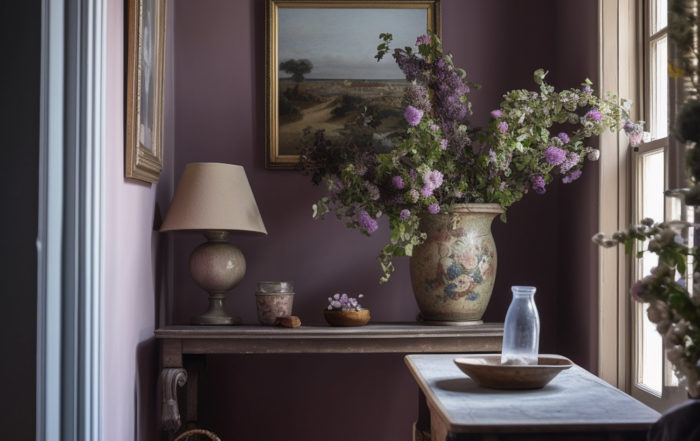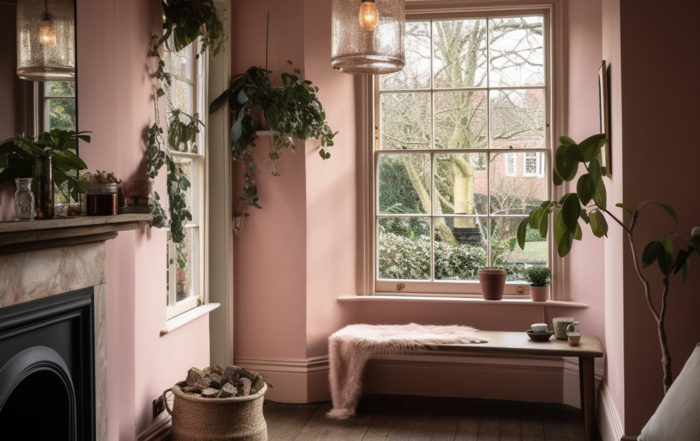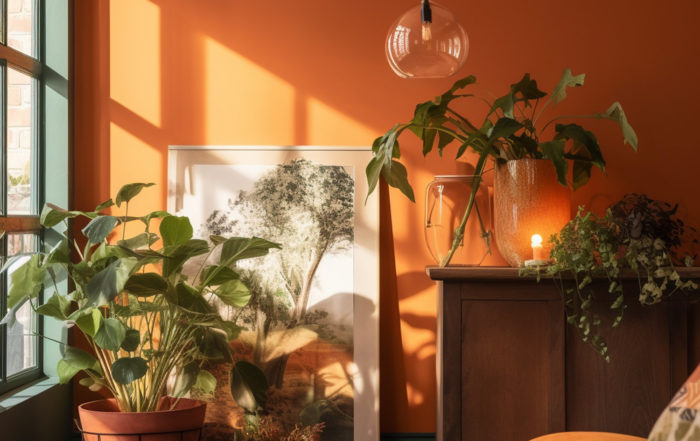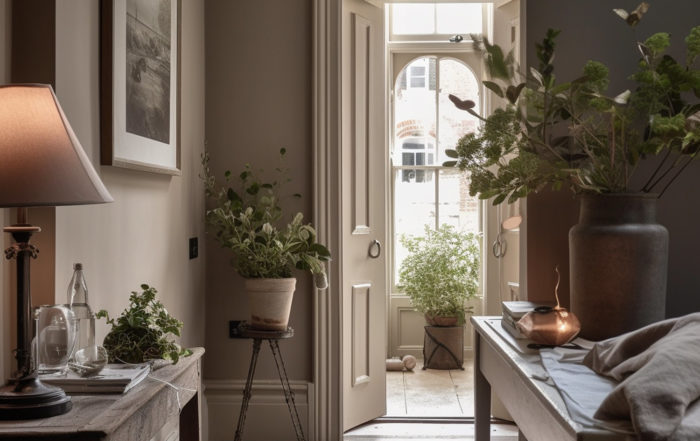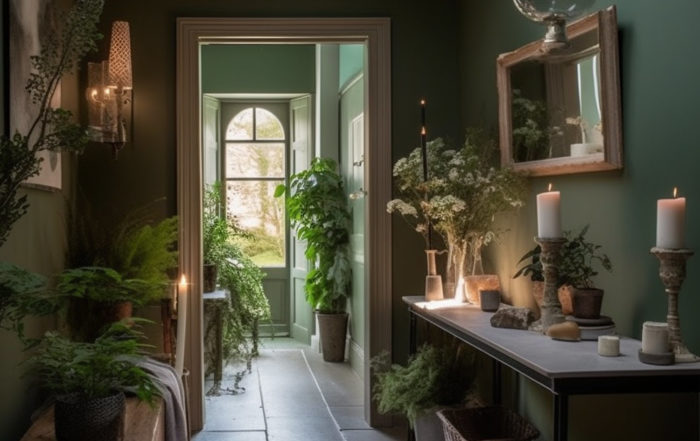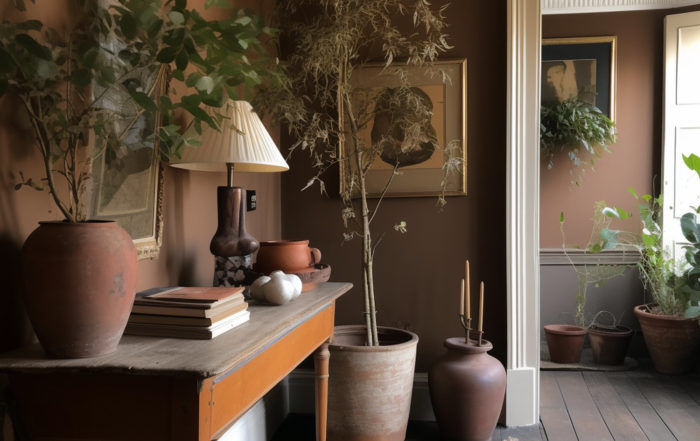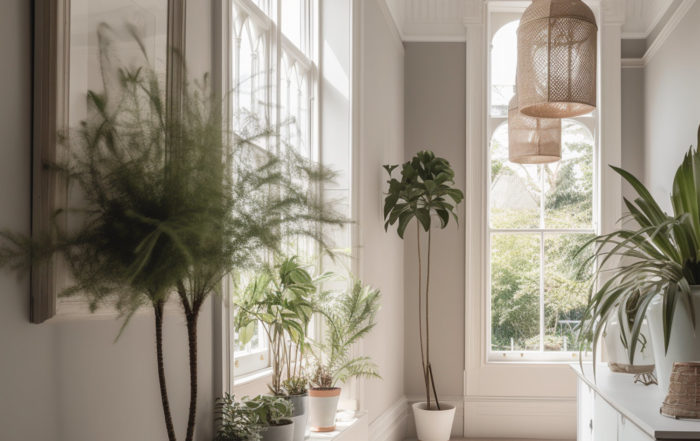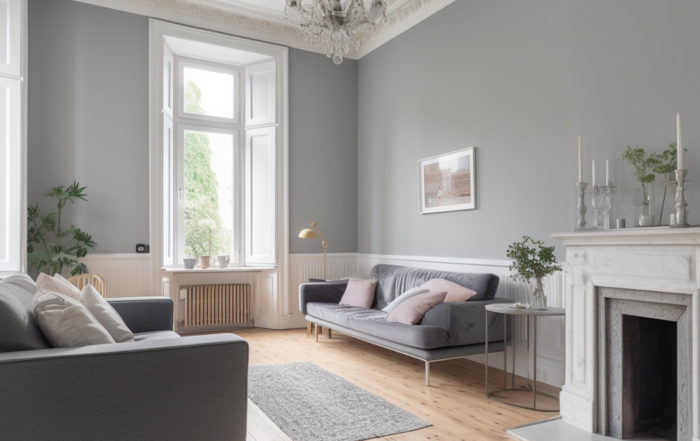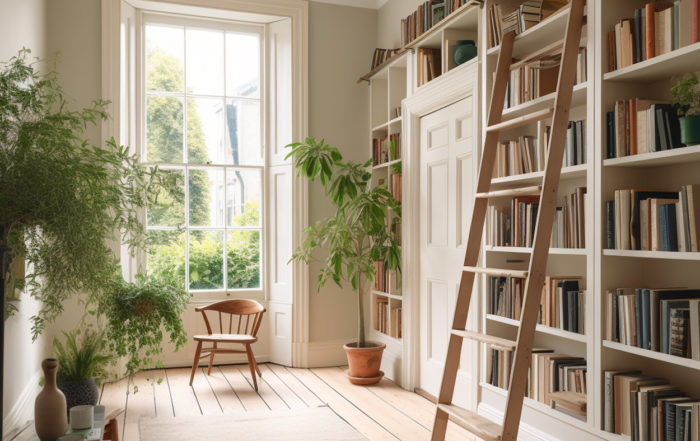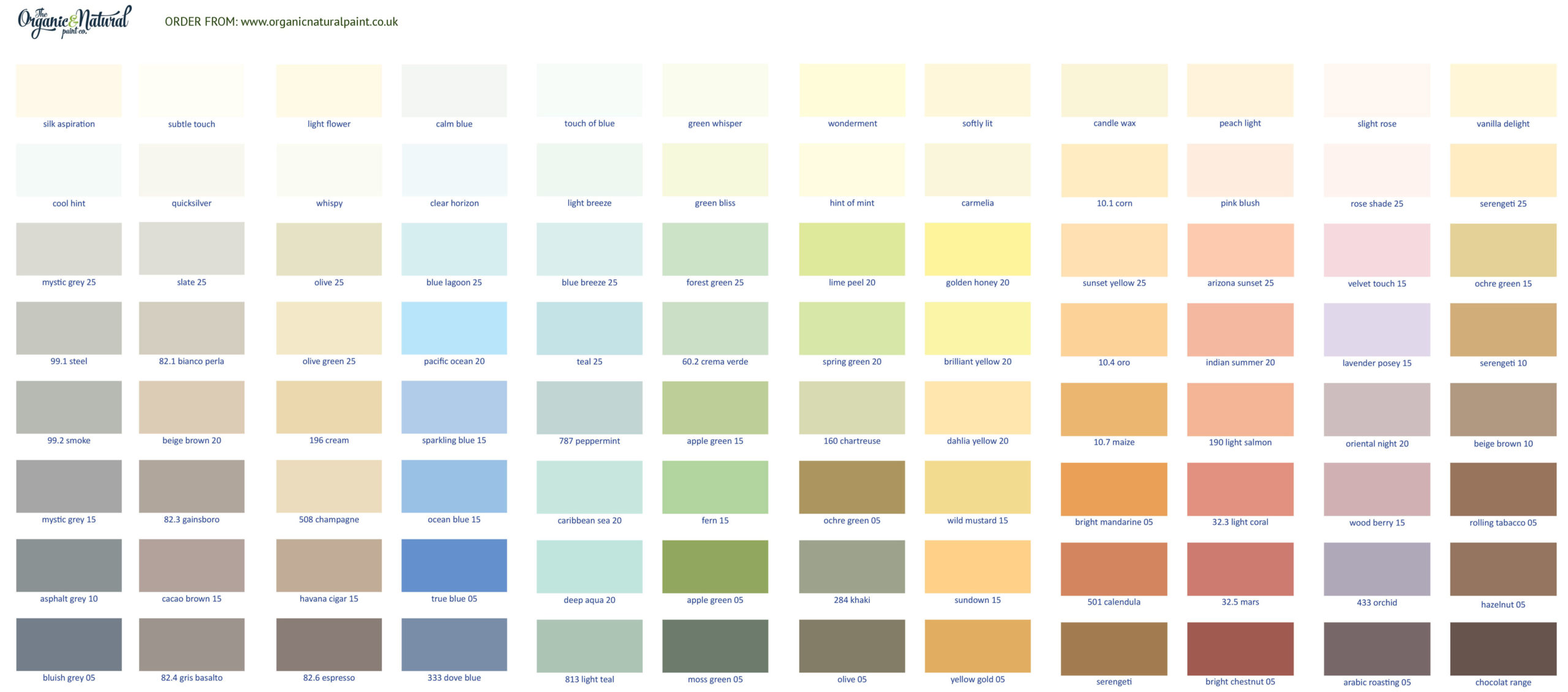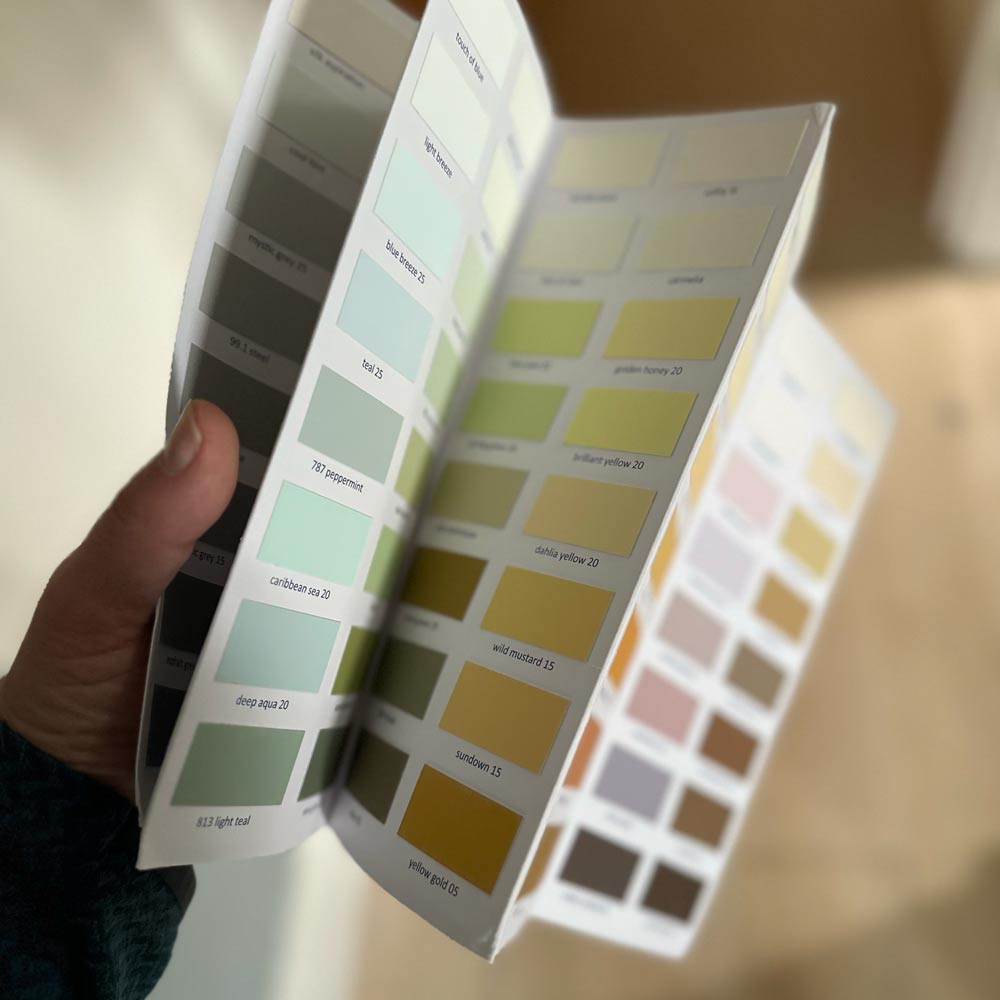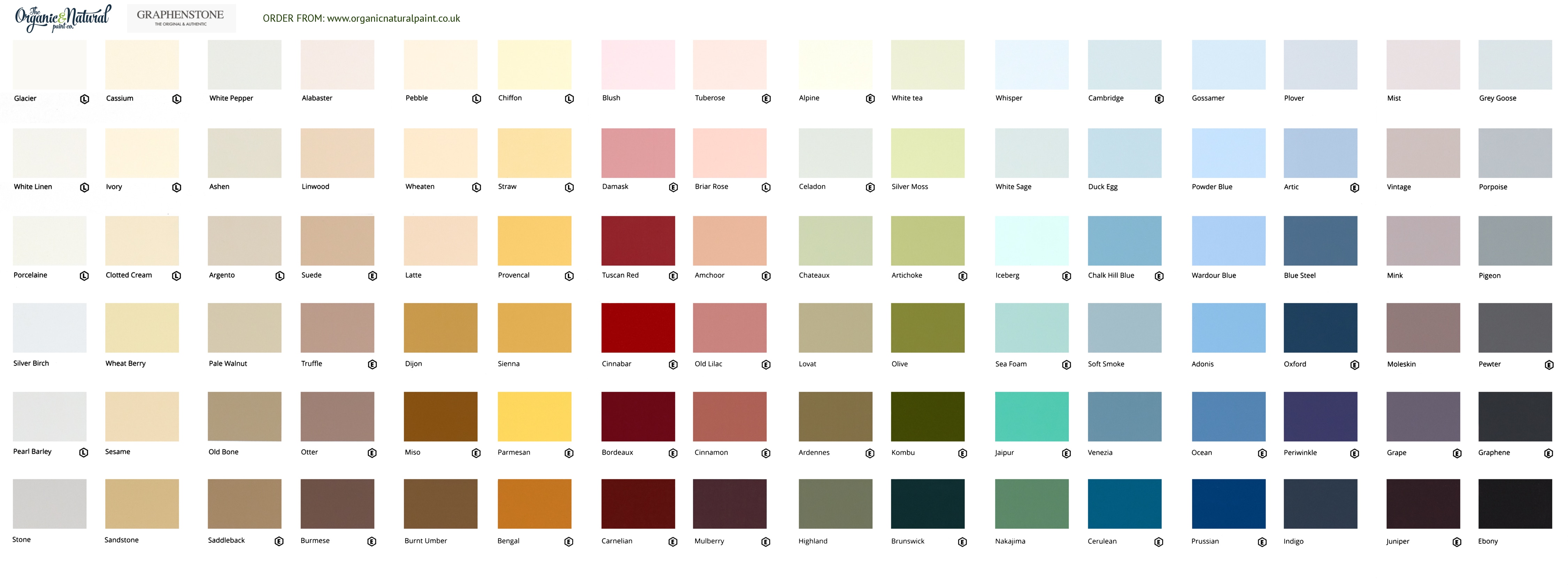The Art of Choosing Wall Paint Colours for Your Home
Transforming your living space with the perfect wall paint colour can be both exciting and overwhelming. With a myriad of hues and finishes available, it’s essential to know the basics and consider factors that will help you create a harmonious and personalised home. Below, we’ll explore the significance of colours psychology, design principles, and current trends while offering expert advice on paint selection, finishes, and application techniques. We offer a gorgeous range of natural paint colours.
Understanding Colour
Paint Colour Psychology
Colour has the power to evoke emotions and influence our mood. Understanding colour psychology will help you choose shades that create the desired atmosphere in your home. For instance, cool colours like blues and greens are calming and promote relaxation, while warm tones like reds, oranges, and yellows are energising and stimulating. Neutrals, such as whites, greys, and beiges, provide a versatile backdrop for various styles and accents.
Room Size and Natural Lighting
The size of a room and its natural light can dramatically affect the appearance of a paint colours. Light colours can make a small room appear larger and brighter, while darker hues create a cosy and intimate atmosphere. Evaluate the amount of natural light in the room, considering factors like window size, direction, and surrounding elements. Rooms with ample sunlight can handle darker colours, while spaces with limited light may benefit from lighter shades.
Existing Furnishings and Decor
Consider your existing furniture, artwork, and accessories when selecting paint colours. Choose shades that complement and enhance your current pieces, creating a cohesive and visually appealing space. For a more adventurous approach, select contrasting colours to make a bold statement. Don’t be afraid to use paint swatches or digital colours tools to visualise how different colours will work together.
Trending Palettes and Design Principles
Stay informed about current colours trends and design principles to find inspiration for your home. Popular palettes often reflect societal moods and preferences, while design principles provide guidelines for creating harmonious and balanced spaces. Elements like the colours wheel, monochromatic schemes, and the 60-30-10 rule can help you build a cohesive and visually appealing colours scheme.
Paint Finishes and Application Techniques
Choosing the right paint finish is as important as selecting the colours itself. Different finishes, such as matte, eggshell, satin, semi-gloss, and gloss, have varying levels of sheen and durability. Consider the room’s purpose and traffic when selecting a finish; for example, high-traffic areas may require more durable and washable options. Additionally, familiarise yourself with proper application techniques and tools to achieve a professional and long-lasting result.
Choosing the ideal wall paint colours for your home is a personal and creative journey. By understanding colours psychology, design principles, and practical factors, you can create a beautiful and harmonious living space that reflects your style and enhances your mood. Don’t be afraid to experiment and let your personality shine through your colours choices.


